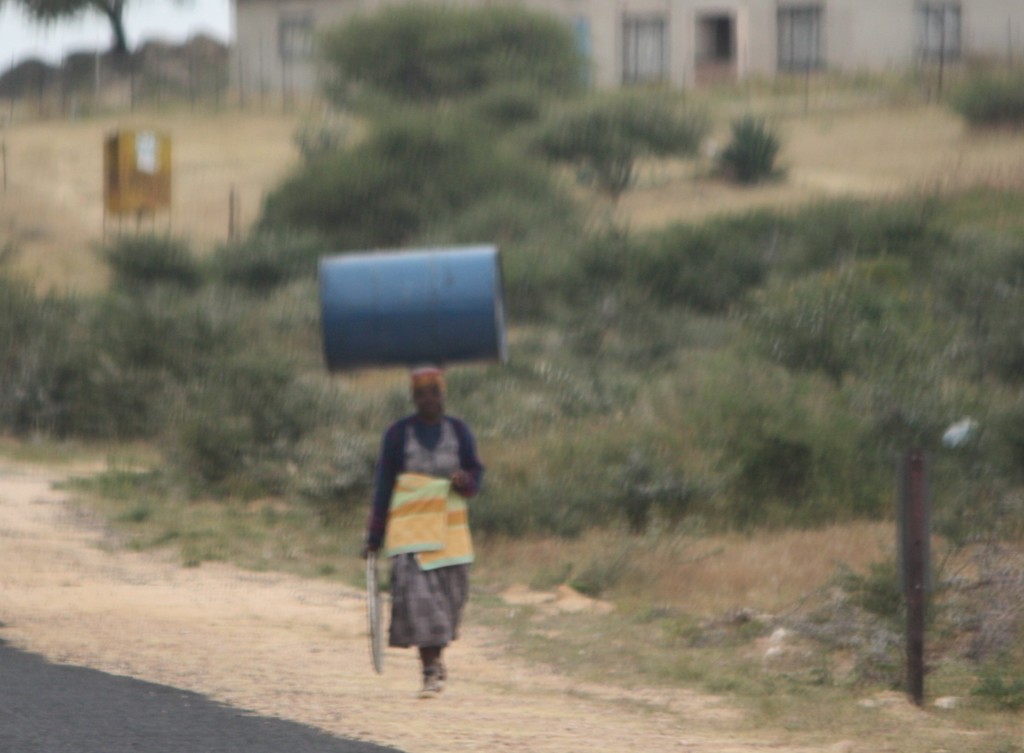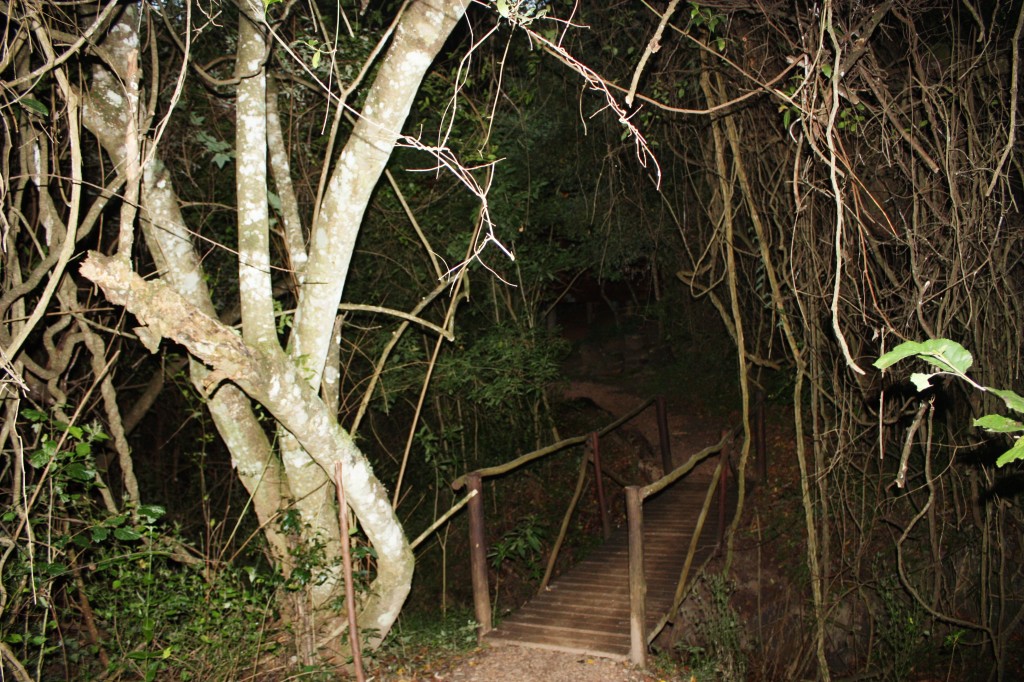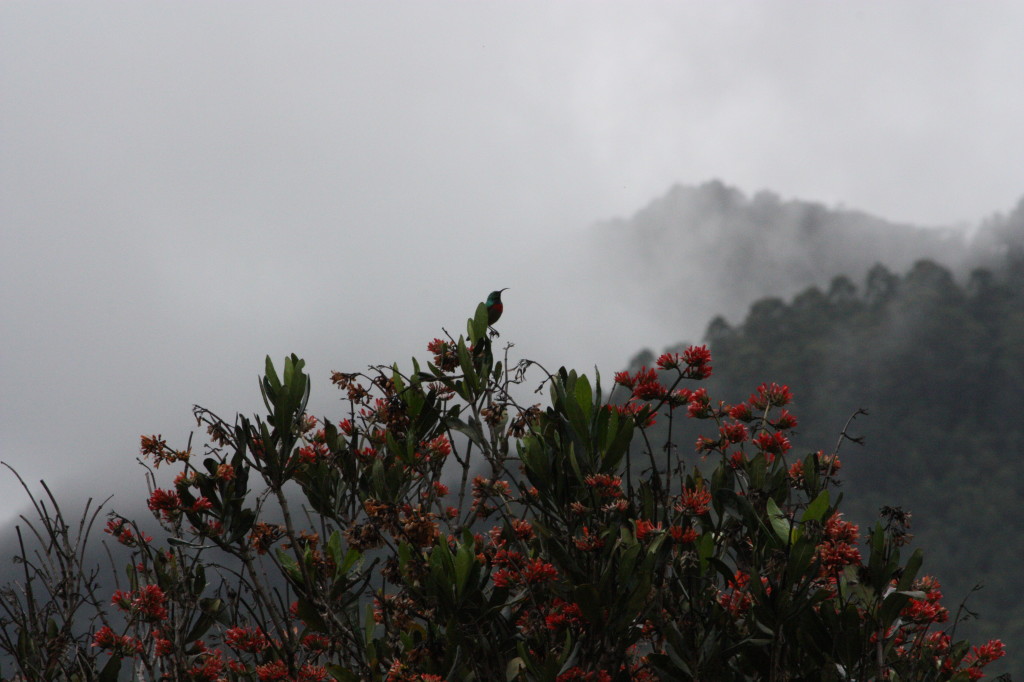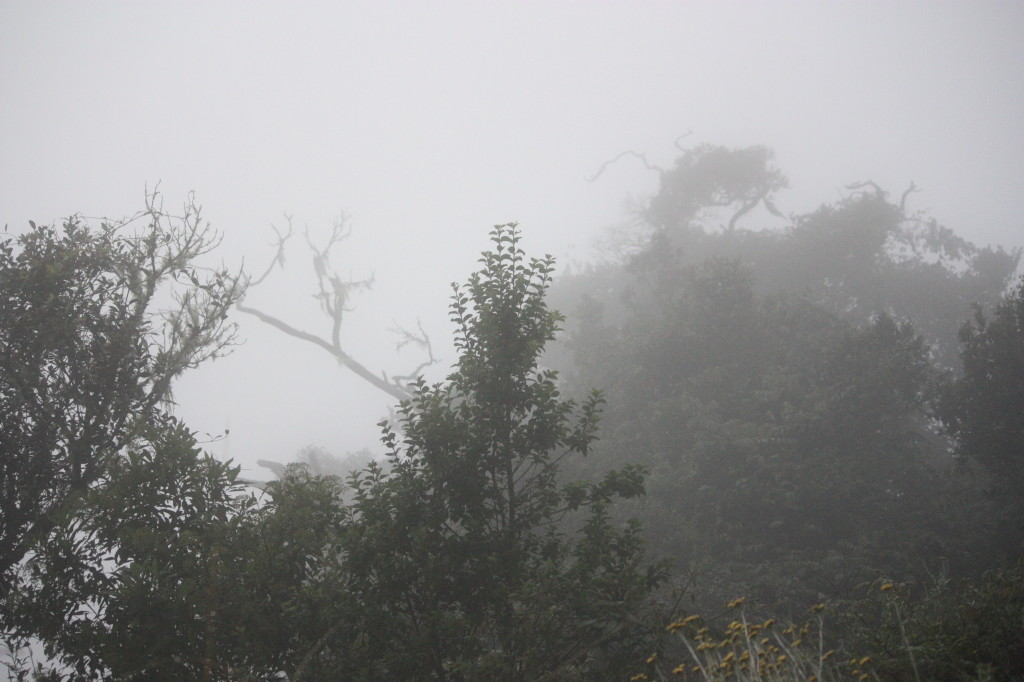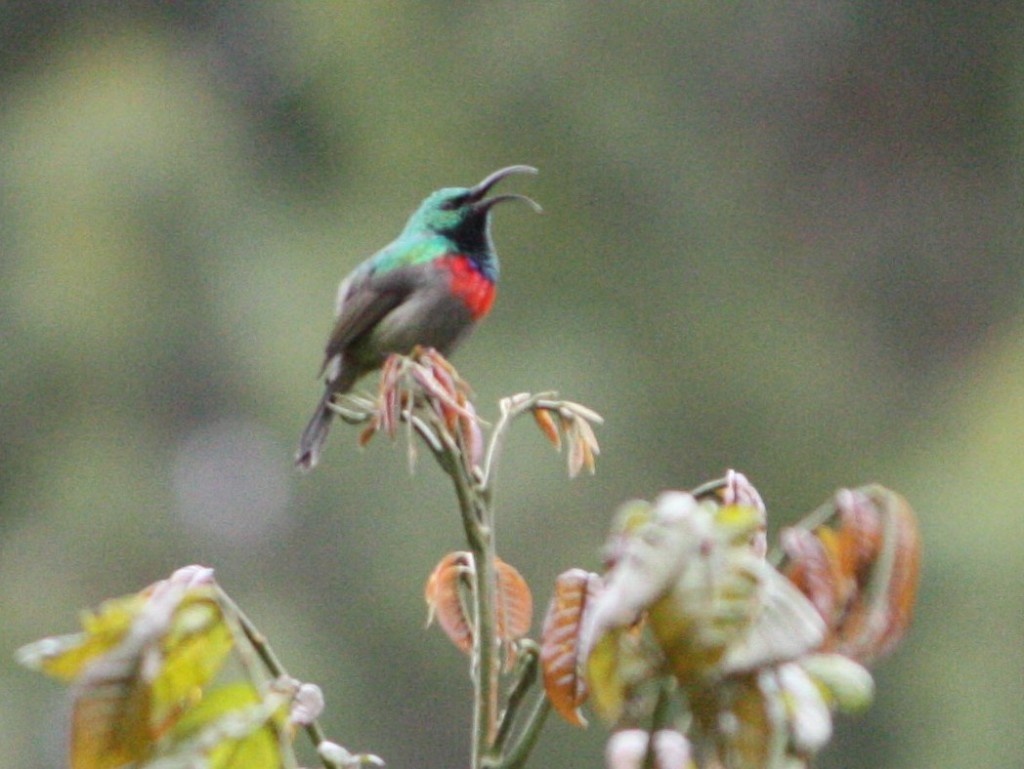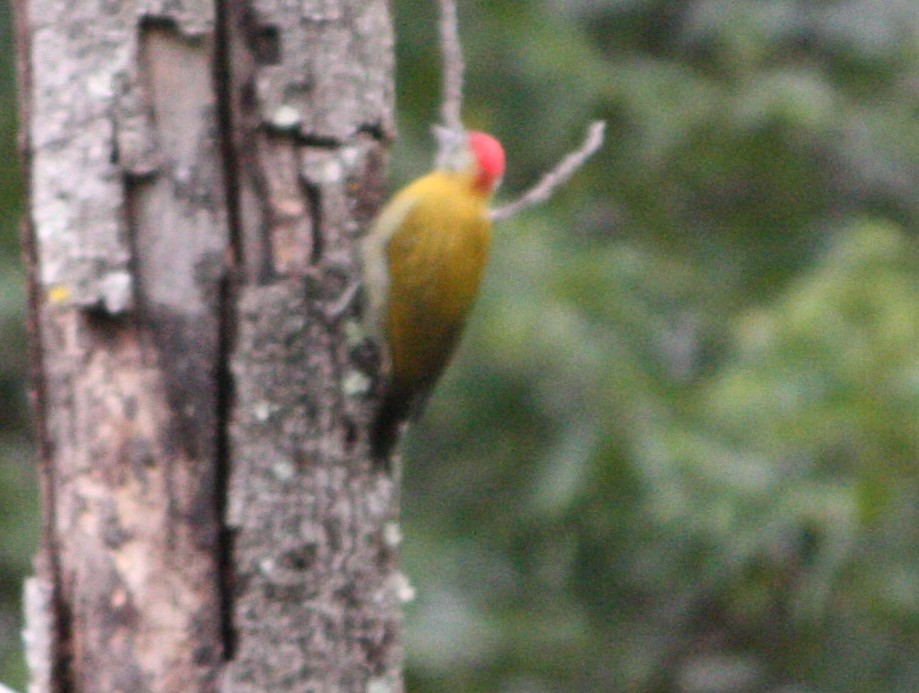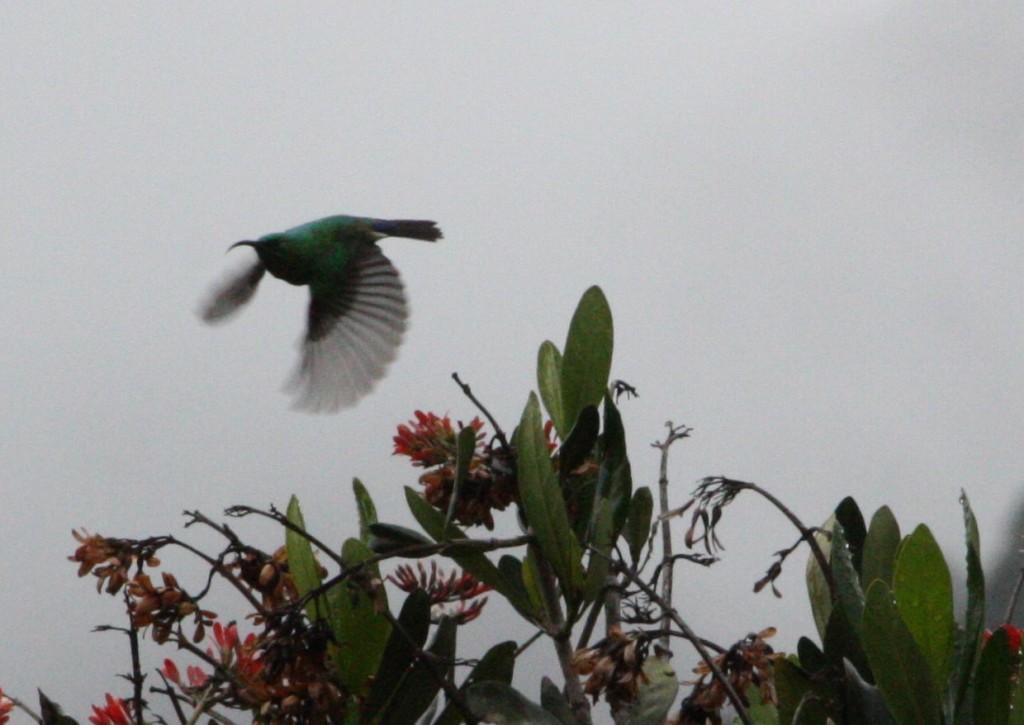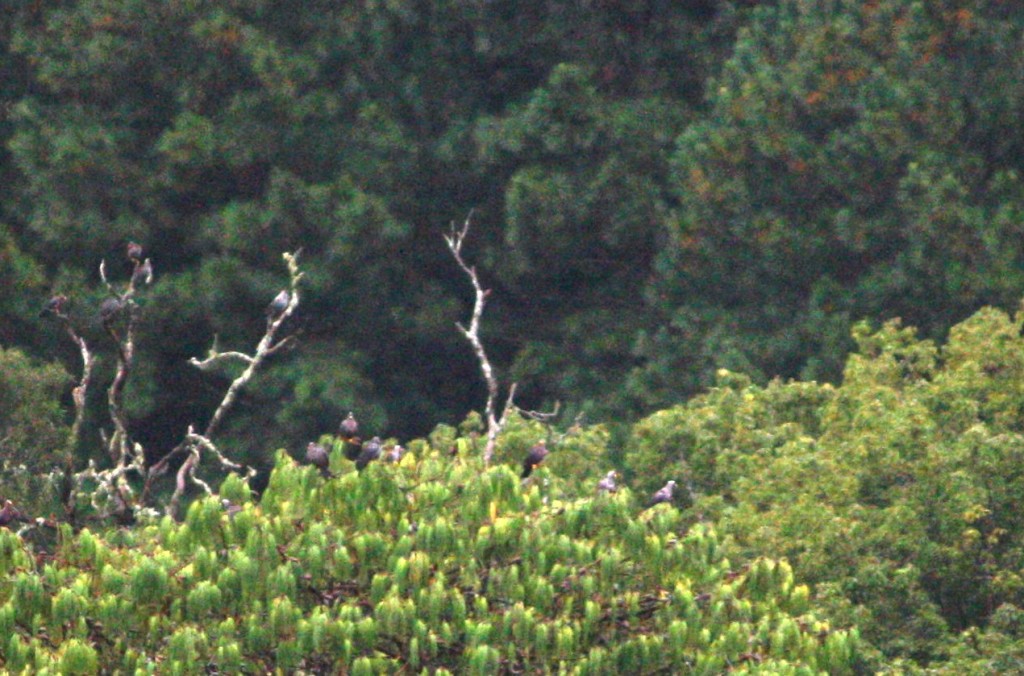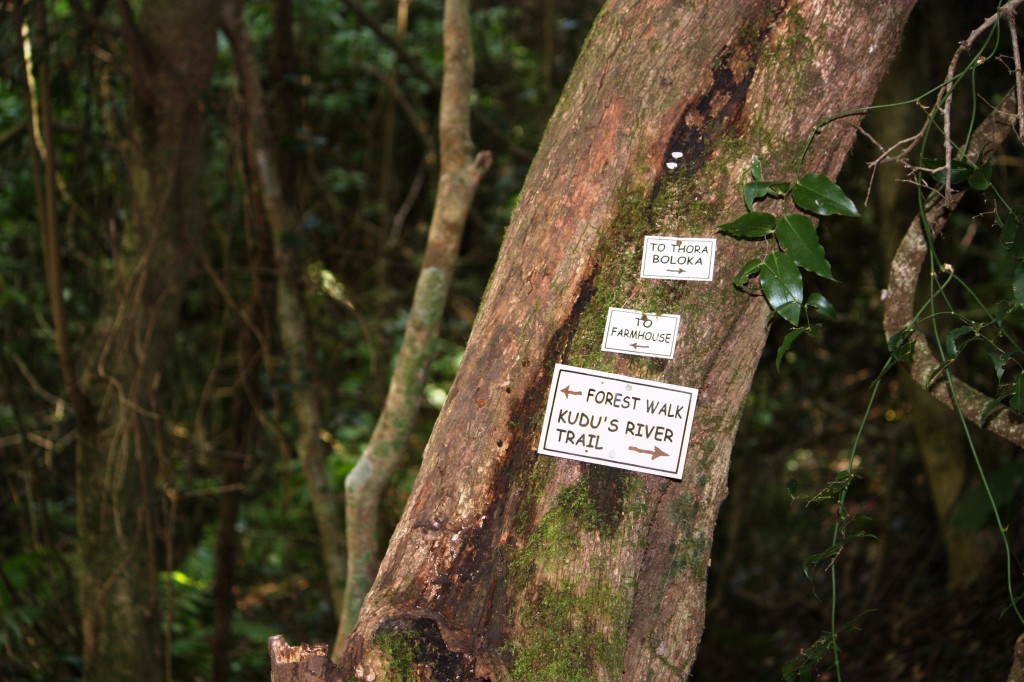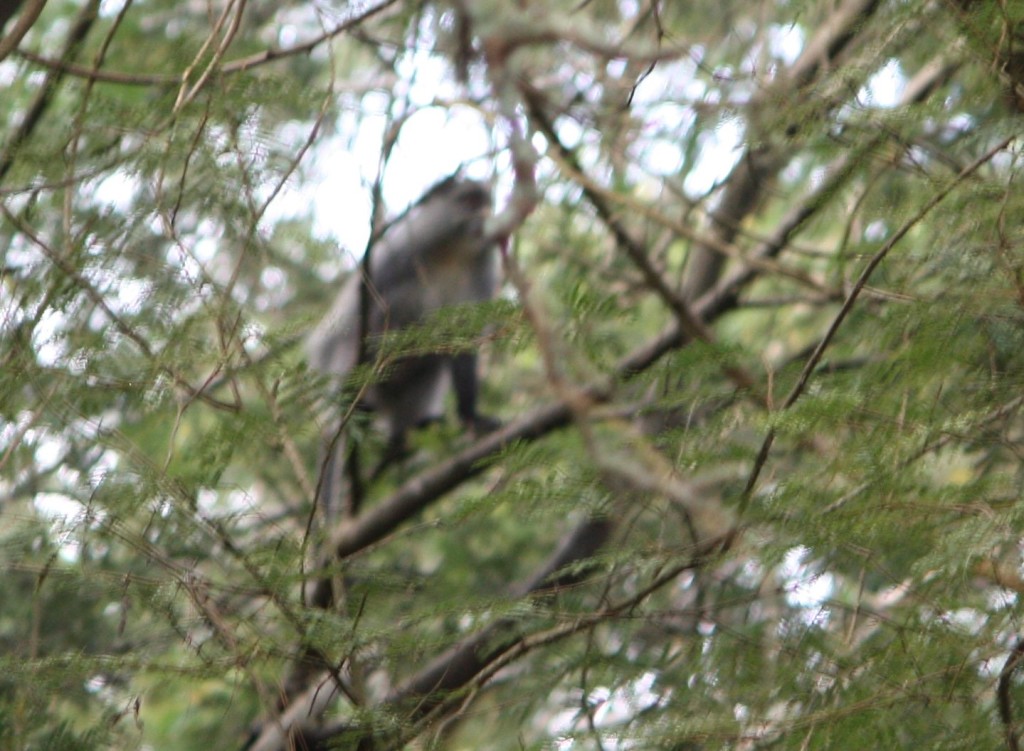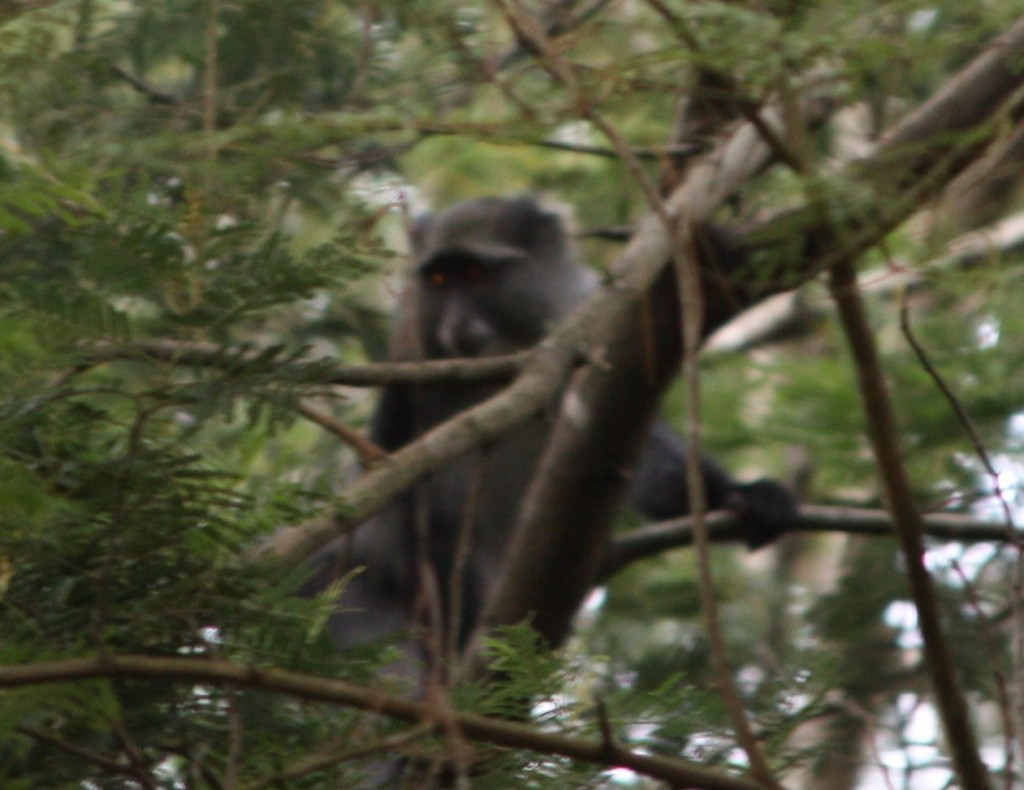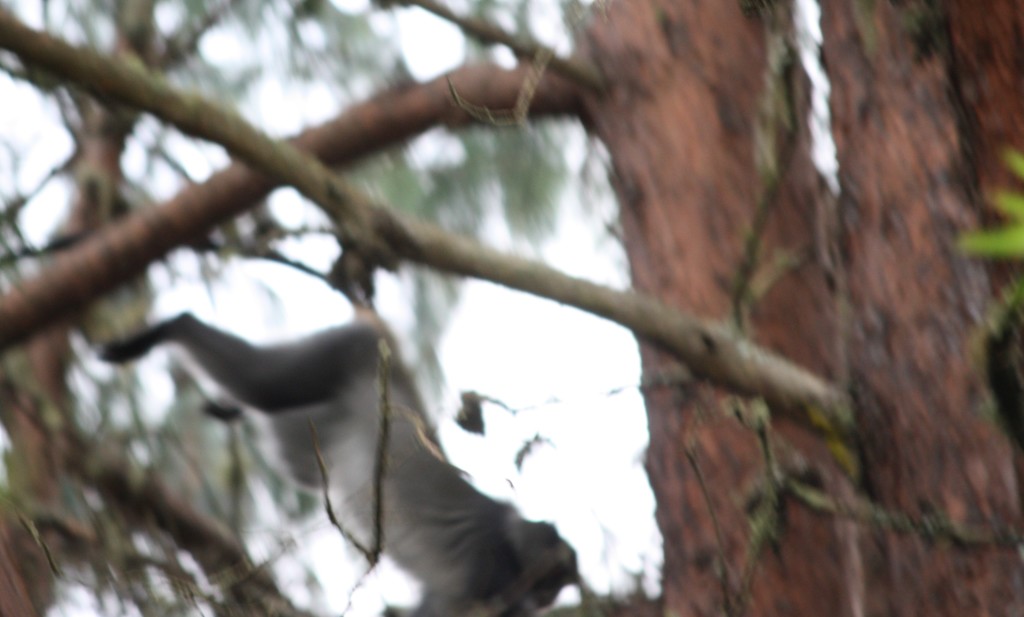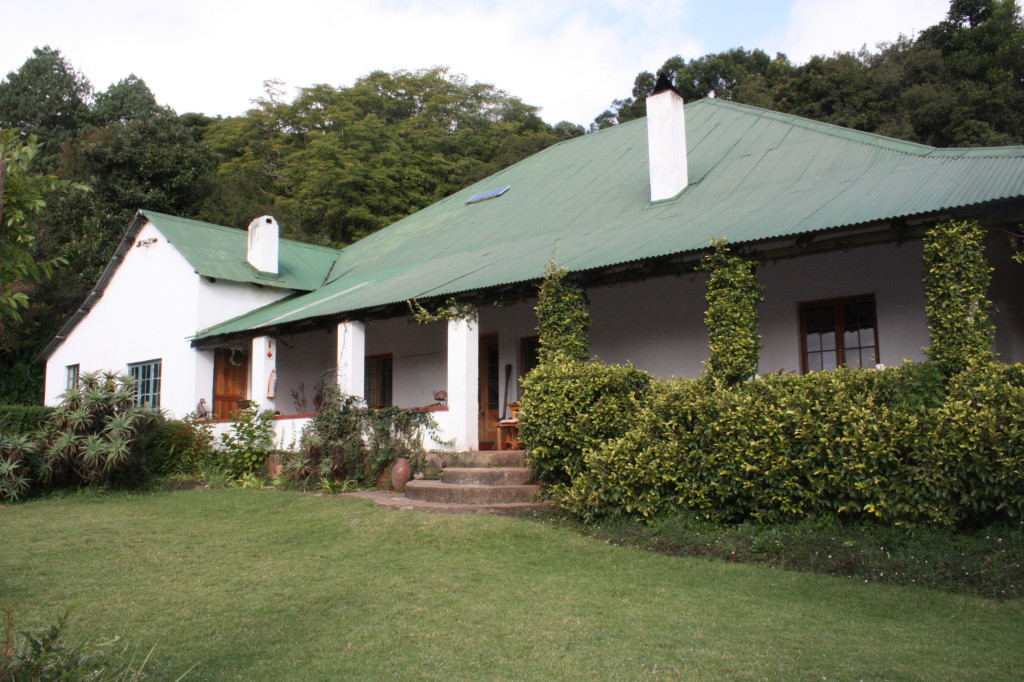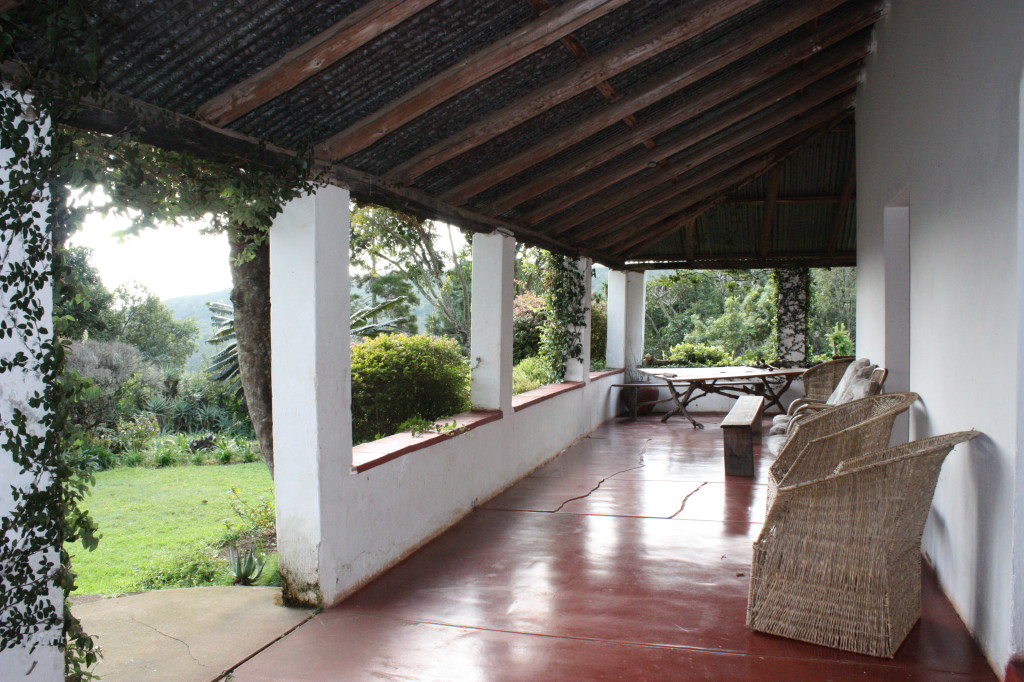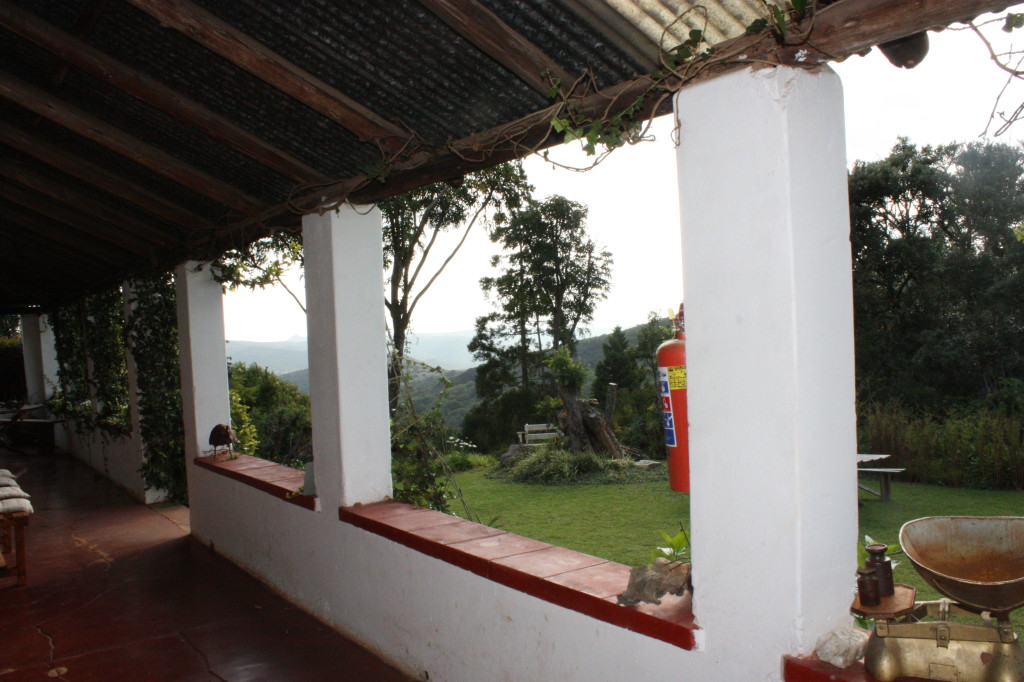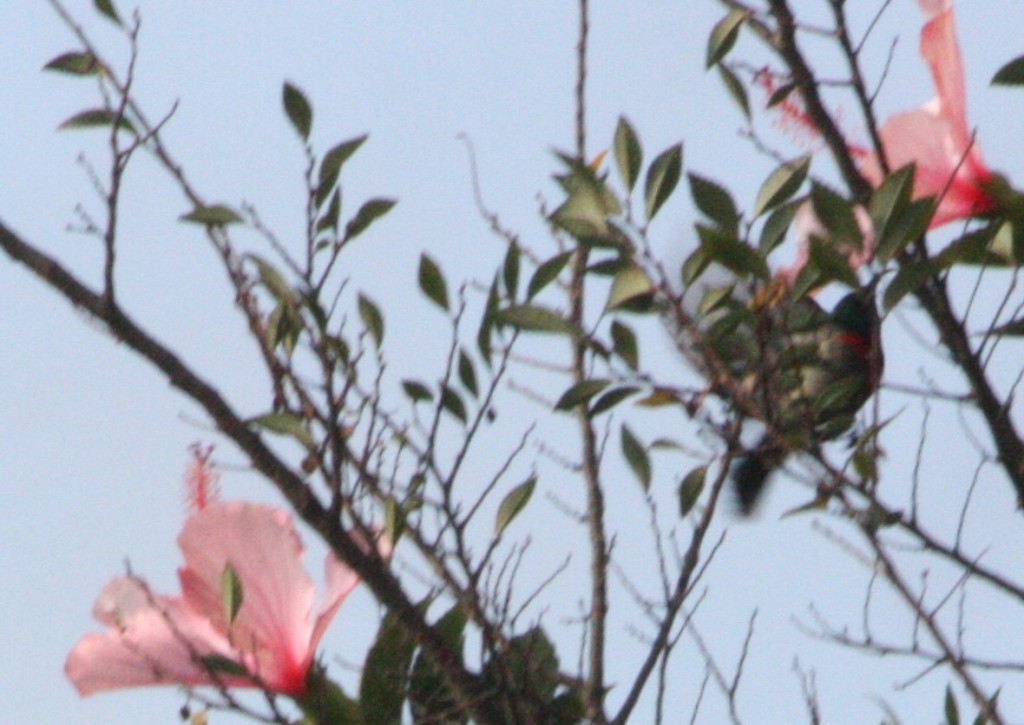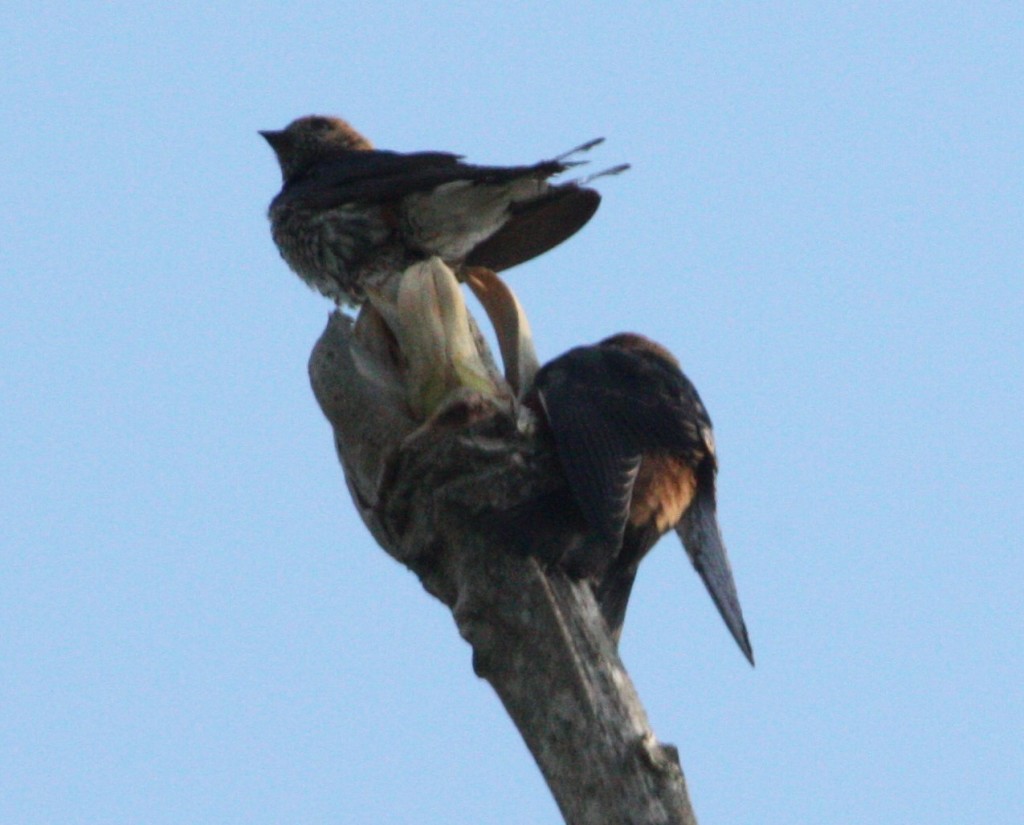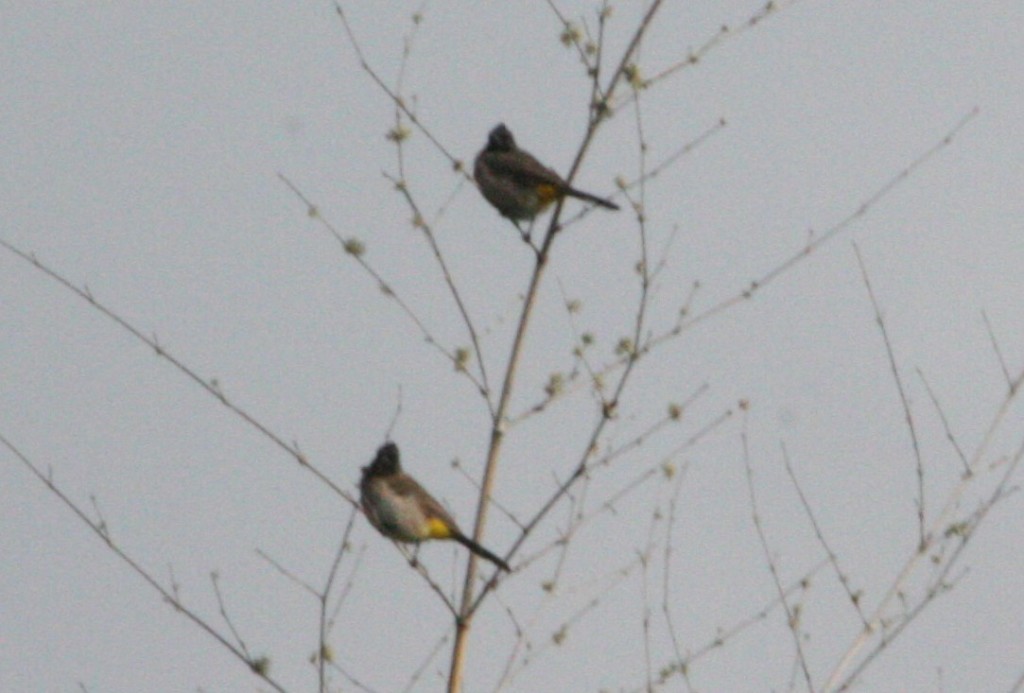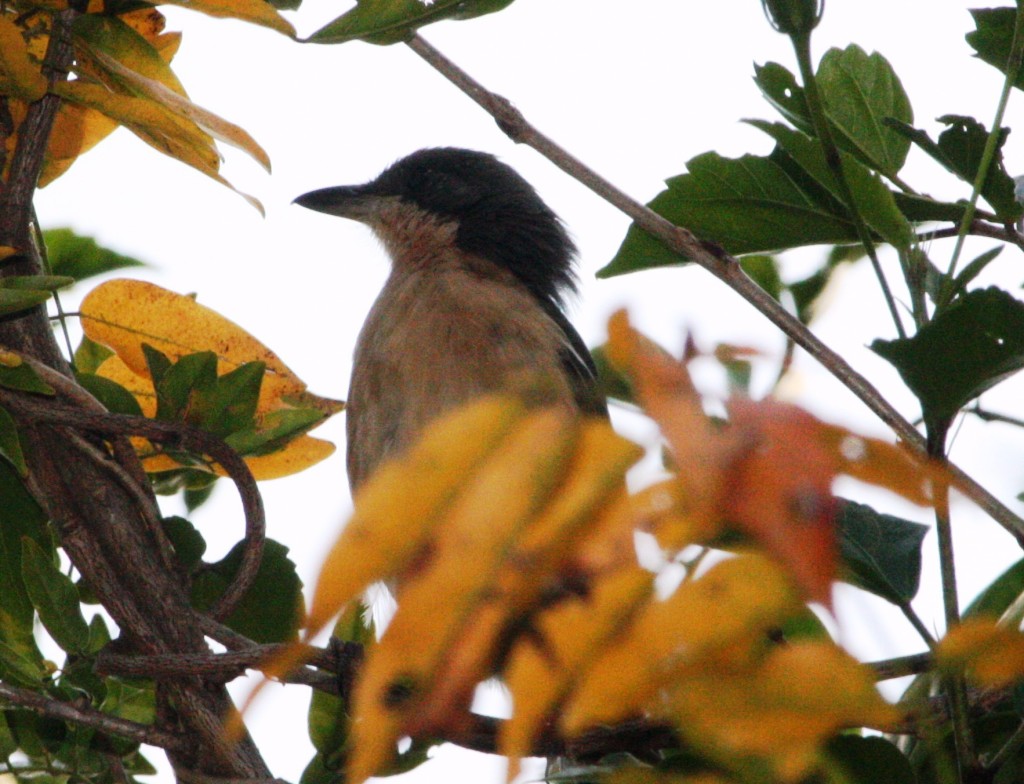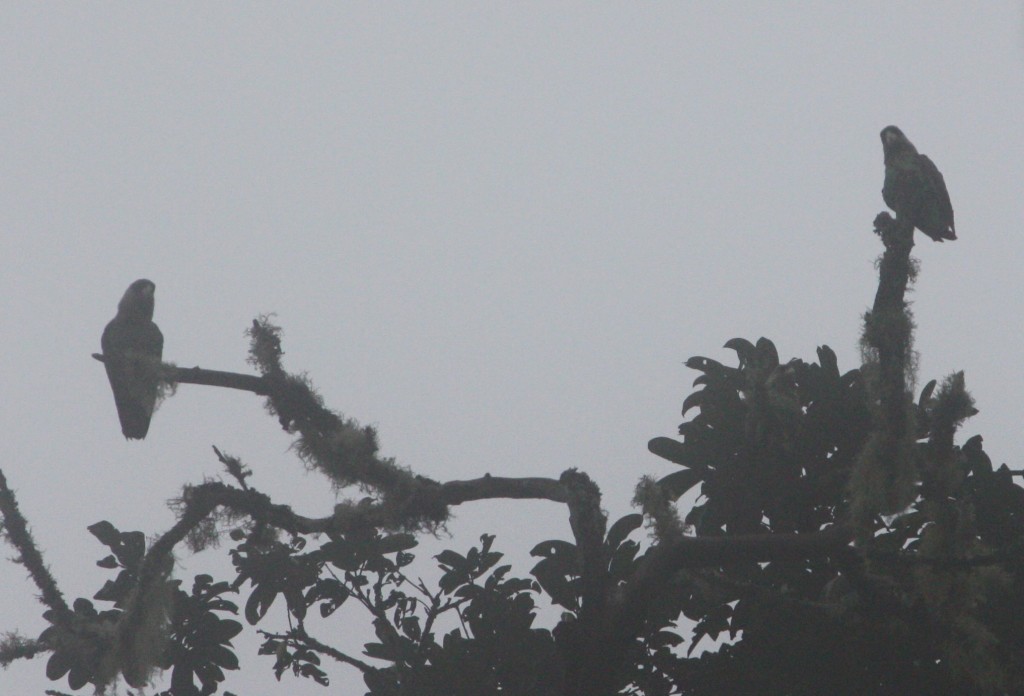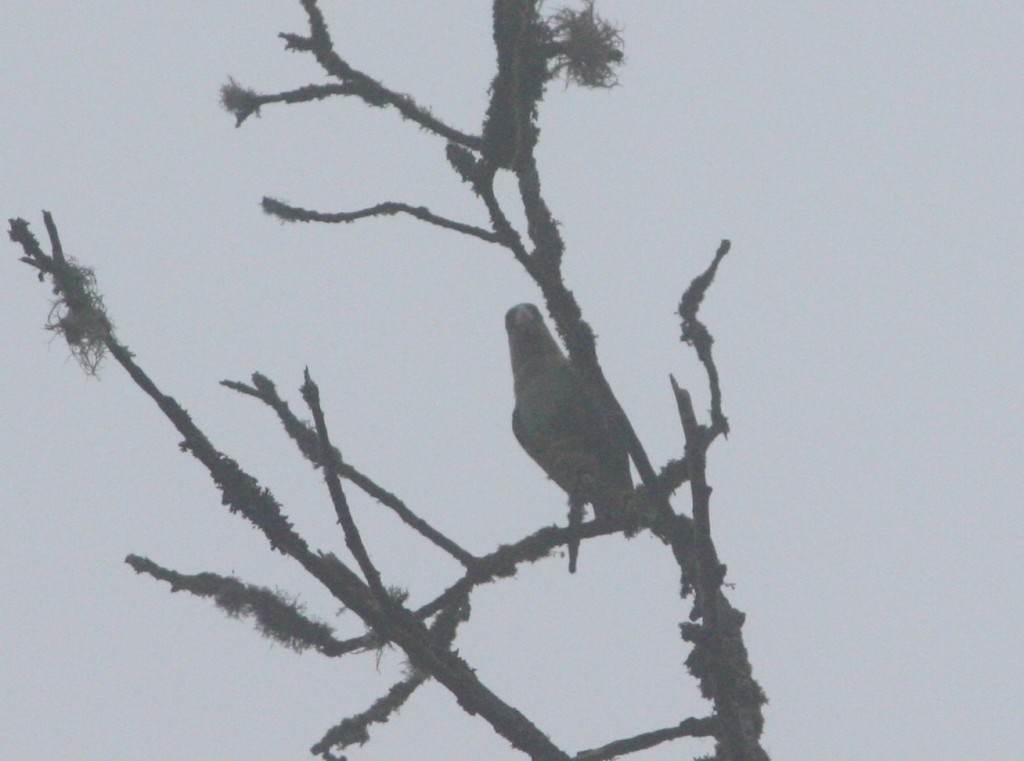GETTING THERE IS HALF THE FUN
The Magoebaskloof region is well known amongst bird watchers in South Africa as a premier area to spot rare species like Cape Parrot, Bat Hawk, Black-fronted Bush-shrike, Narina Trogon, Green Twinspot, Orange Ground Thrush, Southern Double-collared Sunbird and many more. Kurisa Moya is a beautiful eco-lodge located right in the prime birdwatching area and you can even do some short bird walks on the property. It’s quite an adventure to get there from Kruger National Park if you arrive after dark as there are NO lights along the mountain road once you turn off and it’s hard to see the signs. We saw people like this lady walking along with the most amazing items carried on their heads!
We got lost a couple times bouncing along the muddy back roads in a rented Ford Focus and I was afraid we would fall into a pothole and be lost forever! It’s actually much easier if you are driving from Johannesburg via Polokwane, there is a tarred road the whole way up to the access road.
We did finally arrive and David Letsoalo greeted us at the gate and showed us how to get to the Forest Lodge. It wasn’t until the next morning that we would see just how gorgeous the area really was! The Forest Lodge is a wooden log cabin that sits high in the canopy of the indigenous forest. From your private deck, three metres up, you are eye-to-eye with the Samango Monkeys picking the ripe fruit from nearby trees and can watch the crimson flash of Knysna Turacos (louries) soaring past. You may see bushpigs and bushbuck drinking from the stream below, or vervet monkeys peering in your bedroom window.
David picked us up early the next morning in his 4×4 truck, there was no way our Focus was going to get around the mountain roads. Using his truck does cost extra depending on where you are going. It had been raining the last few days, the ground was wet and there was mist everywhere. You could barely see two metres in front of you.
The walk ended at the farm house. Since there were no other guests around and most of the staff had gone off to vote (there was an election that day), we just sat on the veranda enjoying the view and watching for any birds that happened by. I did manage to get some better photos this time! Still no Cape Parrots, but we did see some beautiful sunbirds. Lisa, the manager came back and let me use her computer to check my flights and the weather the next day. It was still going to be drizzly but since we only had one more day in Magoebaskloof, we had to go for it.
CAPE PARROTS IN THE MIST
David picked us up again at 6am and we went back to the Woodbush Forest and listened again on the ridge. It took a while but the Cape Parrots finally made themselves heard down in the valley again. They were basically in the same area they were yesterday. We went back to the area and saw some Samango monkeys so I sat in the car taking photos while David walked up the road a bit. Suddenly, he came running back. “Cape Parrots”, he said excitedly, “There in the trees!” I followed him up the road and sure enough, there was one lonely Cape Parrot out on a limb WAAAAAAY up in a tree. I had to really push the lens to get him! One by one, three more Cape Parrots joined him in the tree all squawking at the top of their voices. A few more flew in and luckily for us, some of them perched in the front of the tree so I could get some photos and videos. Then with more shrieks to the wind, they were off. They circled once as if to say goodbye to us, then it was off to their foraging grounds. We waved at them to thank them for gracing us with their presence feeling immensely privileged to have seen them at all!
***Originally published on my Parrot Conservation website Feathered and Free.

